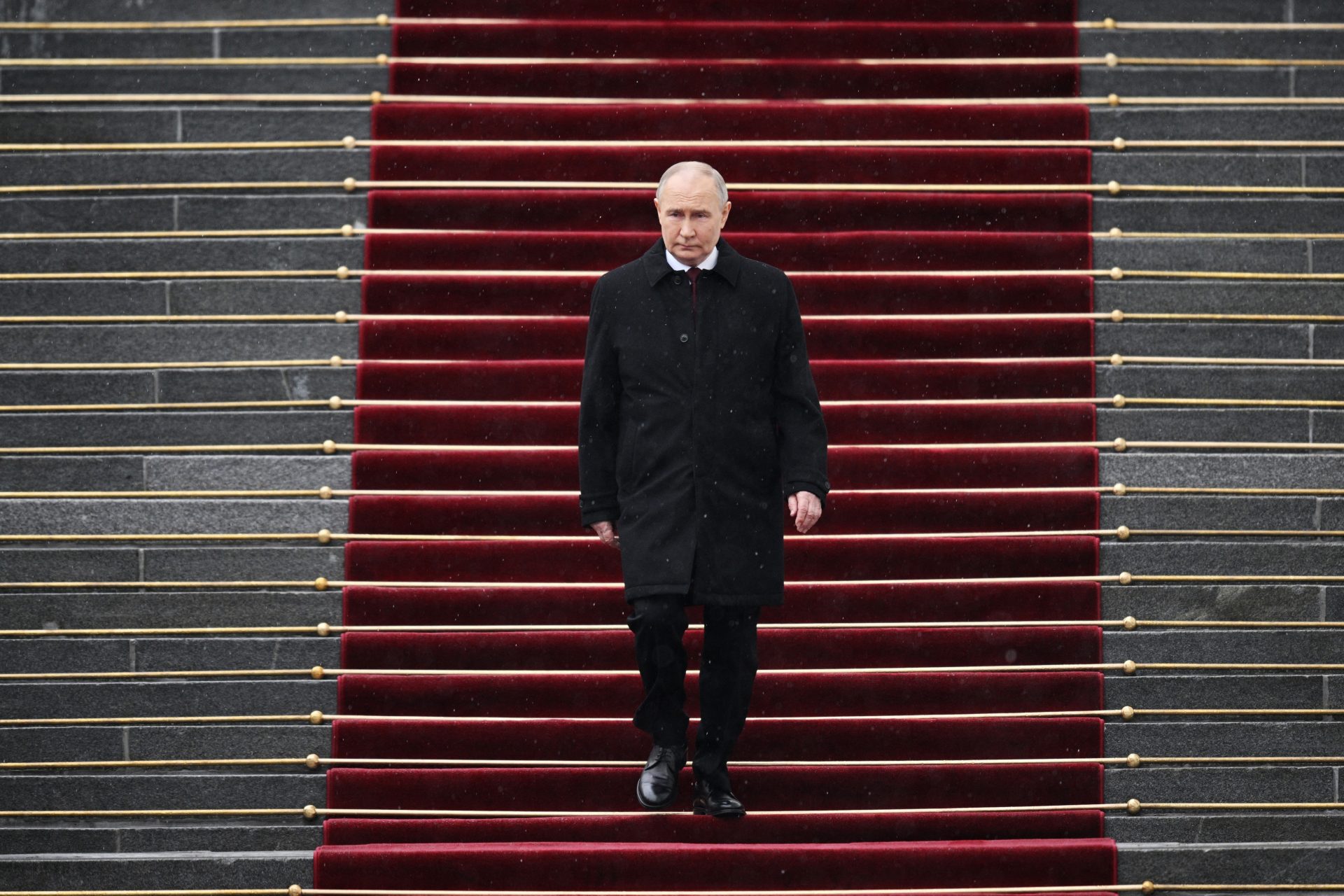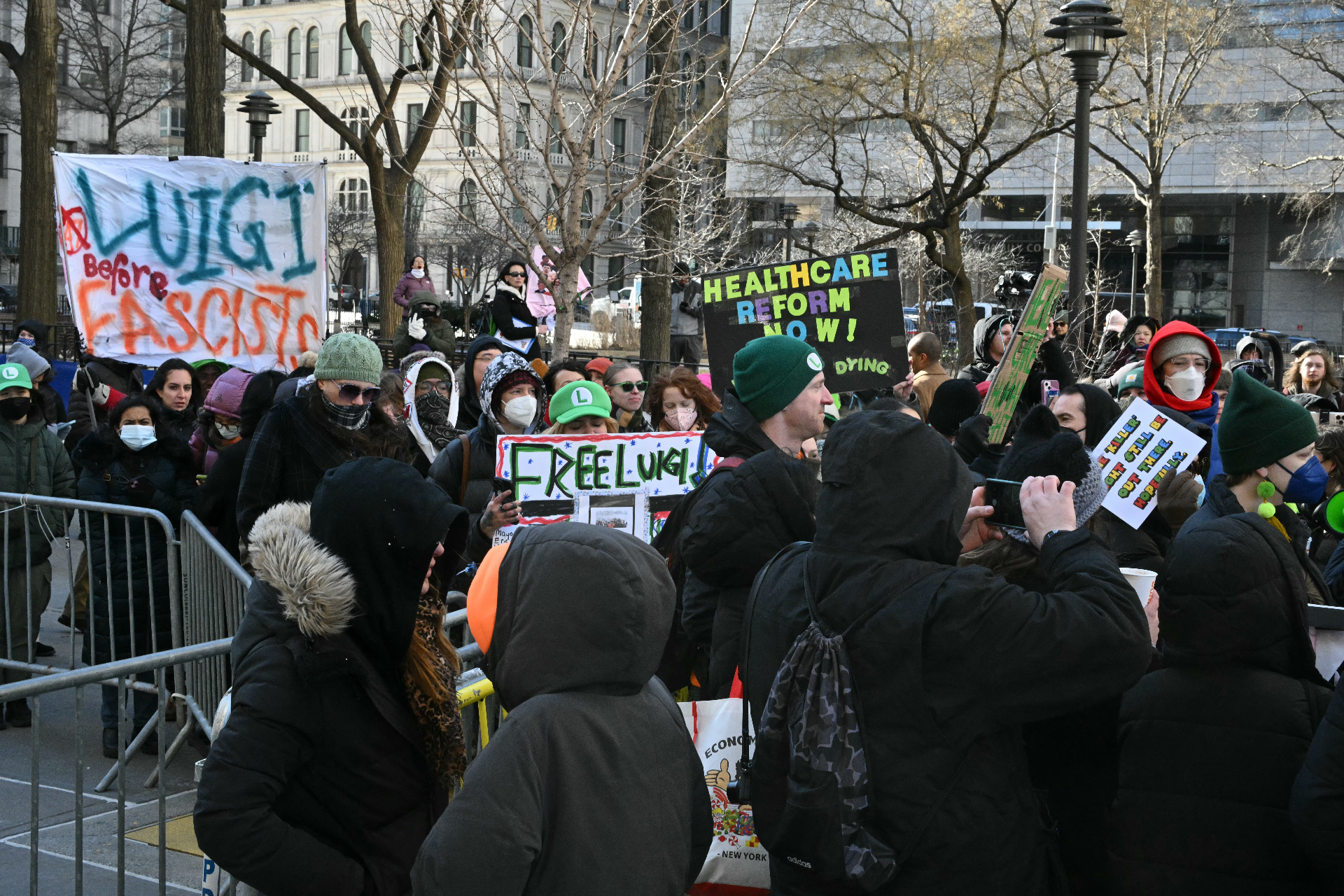Why is scaffolding everywhere you look in New York City?
Just like fire escapes and yellow taxis, scaffolding has become a fixture in the New York City landscape.
However, have you ever wondered why there is so much scaffolding around the city? Let’s find out!
The New York Times cites the NYC Department of Building's data claiming there are currently nearly 10,000 active permits for sidewalk sheds: corridors built under scaffolds to protect sidewalk pedestrians from falling debris during construction work.
About a third of these sidewalk sheds are due to the New York City rules regulating building facades.
According to the NYC Department of Buildings, on average scaffolding stays up for over seven months, but some have stood for over 16 years!
Under New York City law, residential buildings have to make close inspections of the façades every five years and make repairs, if necessary.
It makes sense that some building owners have decided that it is cheaper to leave them there, particularly if they get fined for not completing repairs on time, as The New York Times writes.
Others, as the website Citysignal highlights, have opted to keep the scaffolding to protect the pedestrians instead of starting to fix the facade.
The five-year rule was approved in 1979 when a piece of masonry fell from the lintel of a Columbia University building killing a 17-year-old college student.
Many NYC residents complain that the scaffolding is an eyesore, particularly since it hides away some of the diverse and monumental architecture that the Big Apple is well known for.
There have been some attempts in the past to reconcile style and use. After all, the NYC scaffolds have used the same design since the 1950s.
In 2010, New York City mayor Michael Bloomberg held a competition to design a new type of structure that would redefine scaffolds in the city.
The winning design, made by architecture student Young-Hwan Choi in collaboration with the firm Agencie, was called ‘The Urban Umbrella’. It offered a mix of Gothic arches with LED lights.
At the time, Bloomberg told the NBC News that he hoped the Urban Umbrella would “complement the city's architectural beauty rather than take it away from it”.
Bloomberg added that it would increase the “space and safety for pedestrians and reduce the impact of construction on businesses and building owners.”
However, as The New York Times reported in 2020, the Urban Umbrella was considered for a long time too expensive to deploy. At the time, there were only 37 of these structures throughout the city.
Nonetheless, there’s hope that the Urban Umbrella might catch on. The New York Times writes that some members of the New York Yale Club found the structure’s design so charming that they demanded they become a permanent fixture of the building!
More for you
Top Stories






























